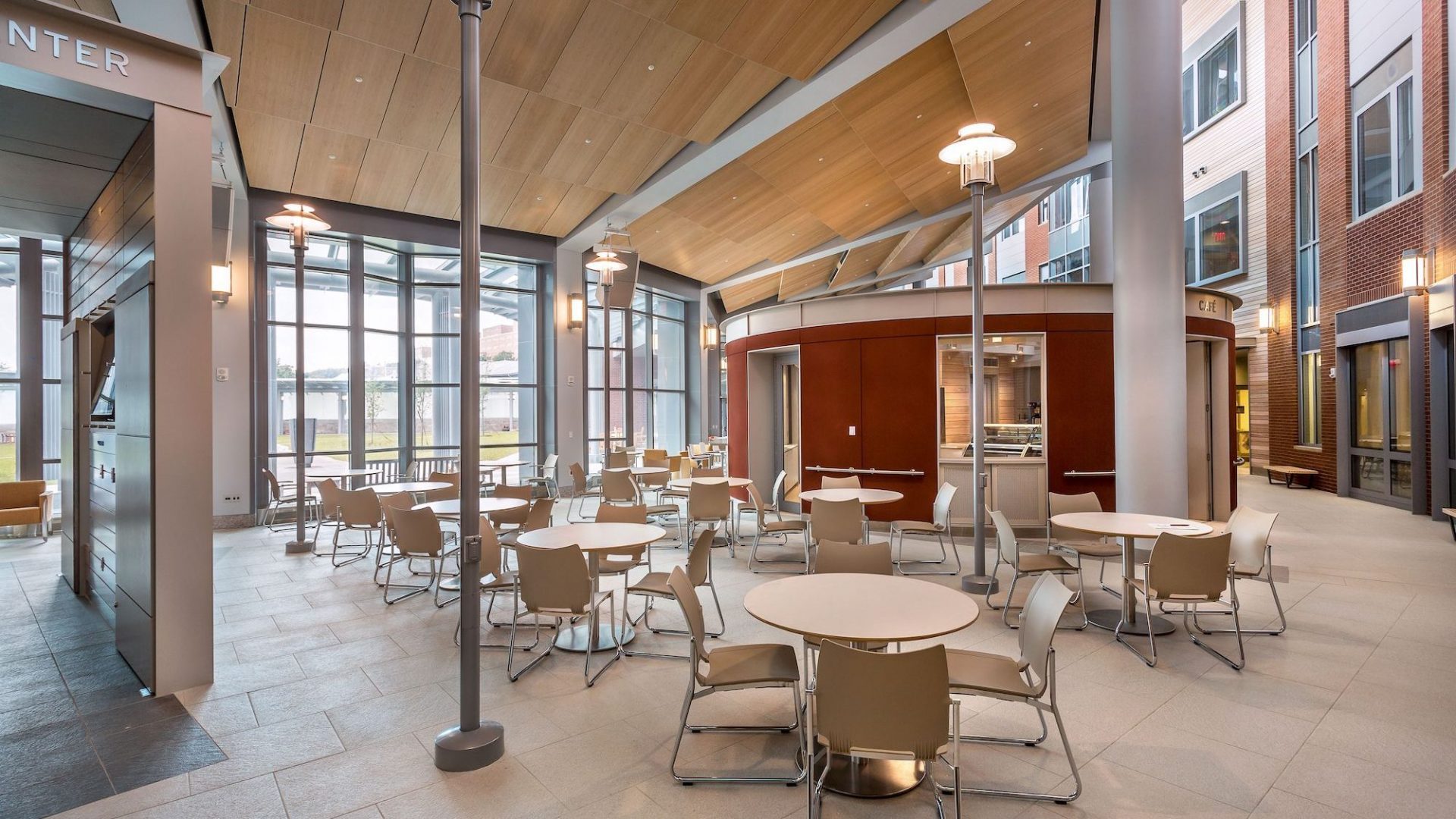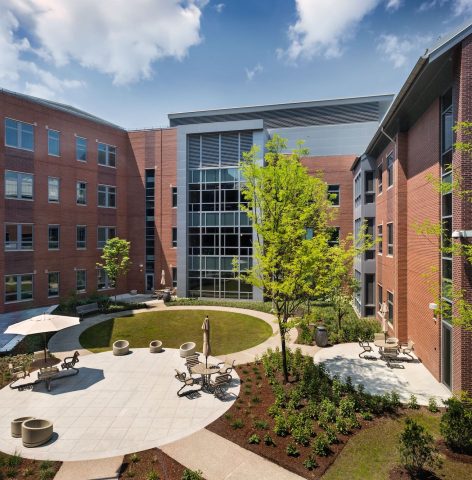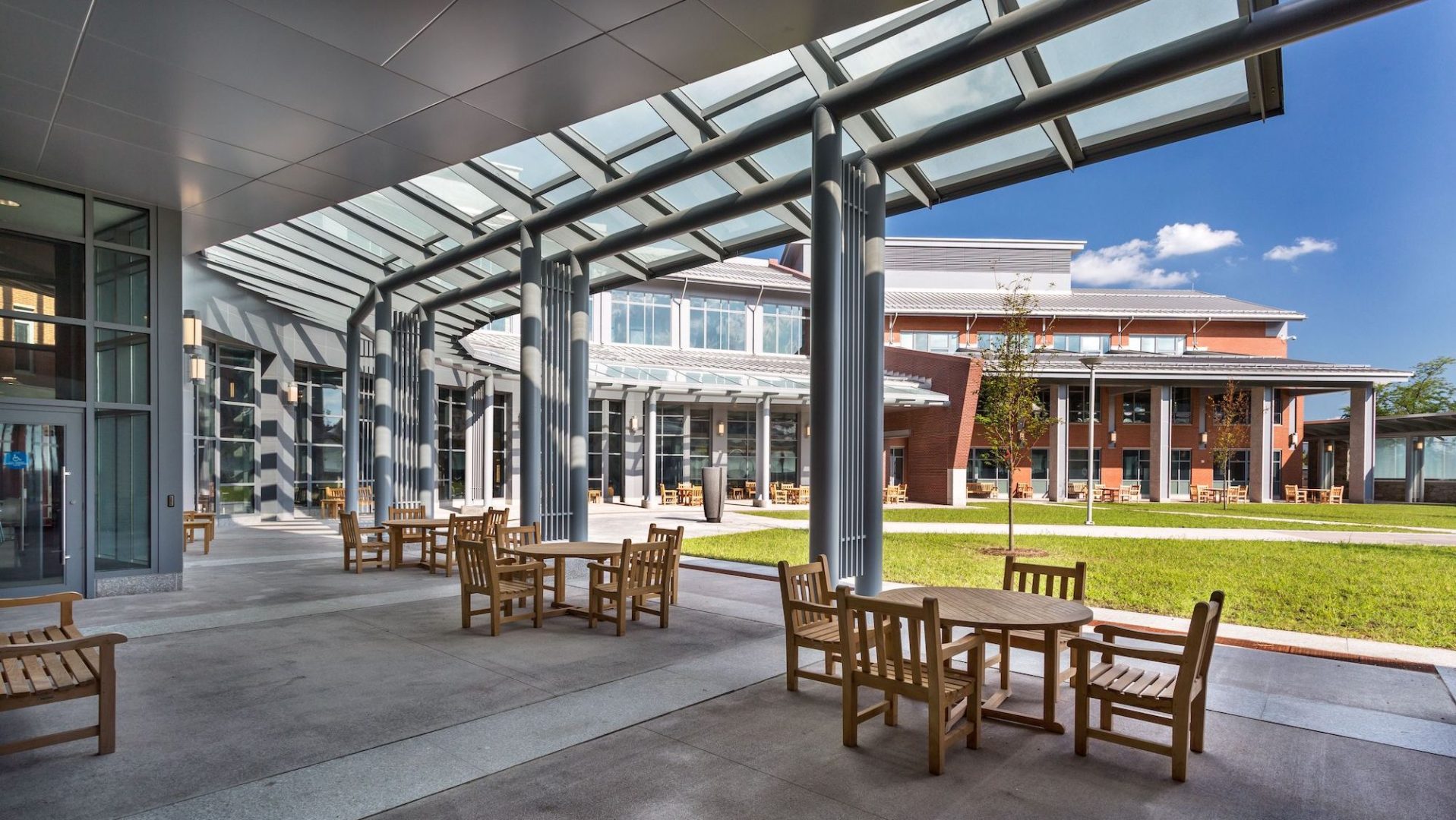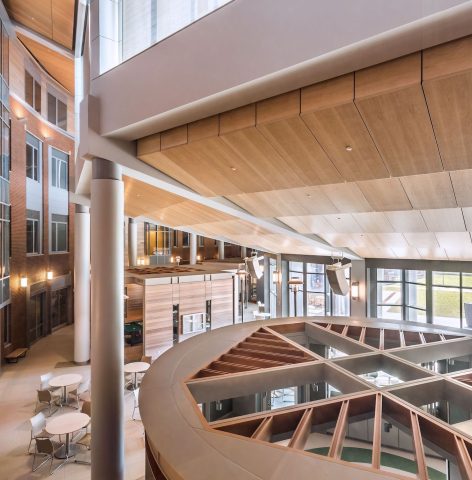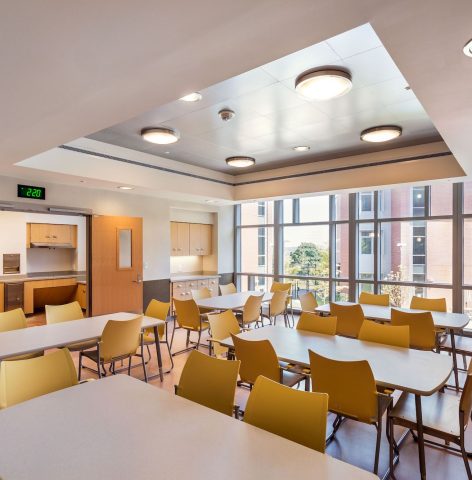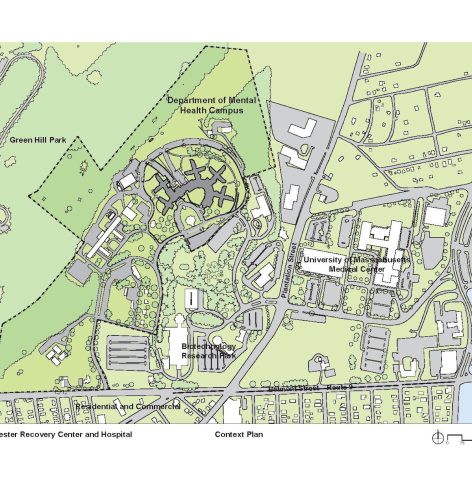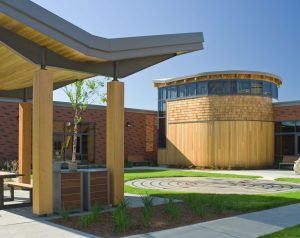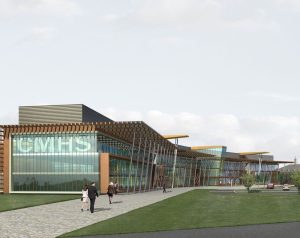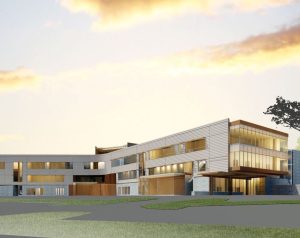The Village Green
The Division of Capital Asset Management|Worcester, MA
Our involvement with this project began as an engagement to develop over arching project goals and to describe the clinical and space program for the ensuing project. It was recognized from the beginning that the new Campus would replace two existing and aged hospital Campuses.
Project Type:
Mental Health
Interiors
Planning
Sustainability
Mental Health
Interiors
Planning
Sustainability
2014
Boston Society of Architects/AIA Healthcare Facilities Design Awards
2013
Honor Award, AIA New England
2013
Merit Award, AIA Eastern NY Chapter
2013
WAN (World Architecture News) Healthcare Awards Shortlist
2013
American Society of Interior Designers, Upstate New York/Canada East Chapter, Commercial Project/Large, Design Award
2006
Merit Award, AIA Eastern NY Chapter

